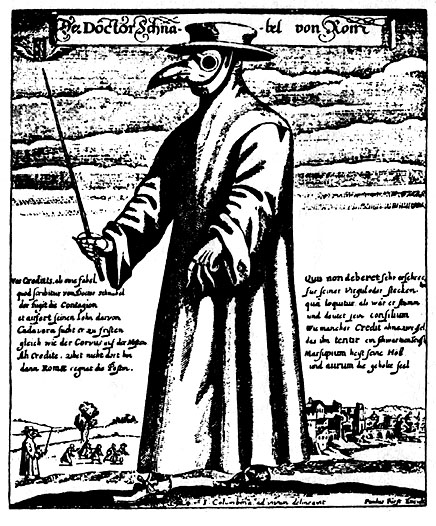I'm introducing a new grim and morbid "faction" to the Gardens: the Plague Doctor and his retinue.
The Doctor is a brilliant physician and alchemist, an ingenious man. He lost his entire family to the plague, and since then he devoted his life to fighting the epidemic by any means necessary. Situated in manor next to an abandoned and ruined village, he is seeking a cure for the hated desease, aided by his crew of renegade medical staff. His cause may be righteous but his methods are considered horrible and unethical by most.
So, the Crew will consist of medical staff, undead dogs and flesh abominations.
FLESH ABOMINATION
Hulking
monstrosity of great strength. It was grown to immense size from a
reanimated human corpse through a series of surgical and alchemical
procedures. Its body shows scars from the operations. The brain suffered
considerable damage during death, so the creature has very low
intellect. It is not violent by nature. Embalming fluids keep it from
rotting.
Its right hand had to be amputated as a result of an
injury. Though the Doctor tried to transplant a replacement hand more
than once, the abomination's body kept rejecting it. After a while the
stump developed a tumorous growth, forming a natural blunt weapon.
Flesh construct such as this one help the Doctor in his missions with their strength.
It's
a converted Goblin King from the new Hobbit miniatures game. Rope is
tightly tied arount the mace-fist to prevent too big a blood loss as the
skin over the tumorous bone growths usually gets torn when it beats
someone to a pulp.
THE DEAD DOG
It's a deceased Hecatian hound, partially embalmed and reanimated with an electrical surge. It was then injected with a cocktail of medications allowing it to "live" beyond death. It feels no pain, but its flesh will eventually deteriorate in spite of the Embalmer's efforts. The smell of it is nausiating...
The Doctor employs a pack of these reanimated canines as guard dogs and for extracting mandrake roots.
The miniature is a metal Reaper Dire Wolf I picked up some years ago in Vienna. It took a bit of GS to make it look rotten: the ribs showing, the eye missing and such. Also gave it a rope leash.
***
And in the end, some notes on the Countess:
THE COUNTESS
Member
of an old noble familiy. After the death of her husband she returned to
her family's castle in Gardens of Hecate. Here she got interested in
spiritualism and afterlife, and since then the castle was visited by many
obscure guests, as the Countess sought to learn as much as she could of
her new subject of interest. Eventually she succeeded in entering the
Spirit World, and nowadays she is able to visit it whenever she so
wishes. What she also learnt was how to summon denizens of the afterlife
into her service through ancient heathen rites. She is feared by her
subjects and condemned by the followers of the Saints, but in these
times of war and plague the authorities have greater concerns than
dealing with "witches".
The spirits in the Countess'
service come in different shapes. You've already met the Bloodfiends
(man-eating horse spirits), Gheists (practically harmless wisps),
Übergheist (Countess' spirit guide Gheist) and the deadly Sphynxes.
There are more yet to appear.







